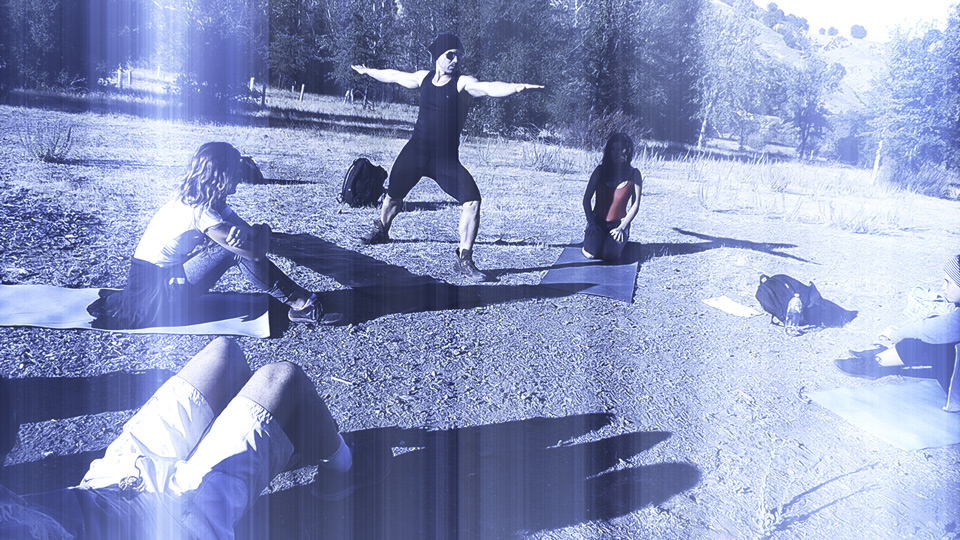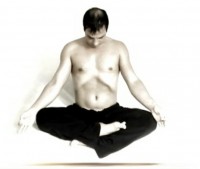Teaching highly effective yoga classes requires knowledge of various stages of learning in practitioners attending a yoga class. Below you can see a model of learning using the Koshas for understanding different layers of learning.
Practitioners also fall into 3 categories. Beginner, intermediate and advanced.
Motivation levels within practitioners will greatly vary. Although motivating participants is very much influenced by the instructor motivational skills it also must come from within a practitioner. Those who lack motivation will inevitably take longer to develop skills.In this course you will learn how to identify different stages of learning and the hidden art of the 5 Koshas.
Physical Exam
In the physical exam you are asked to demonstrate the knowledge of the koshas and how it references the stages of learning.
Written Exam
The written exam consists of multiple choice related topics.

REQUIRED FOR 200 HOUR CERTIFICATION
Yoga Philosophy, Lifestyle and Ethics for Yoga Teachers: 30 hours
COURSE HOURS
Level 1 course: 5 hours contact plus 5 hours required non contact
The Layers of Learning - Koshas
Physical - Annamaya kosha
Breathing - Pranamaya kosha
Mental - Manamaya kosha
Wisdom - Vijnanamaya kosha

Annamaya kosha
In this layer of learning practitioners must comprehend yoga postures and movement.
The yoga postures chosen and they way they blend together is critical to a good quality or bad quality yoga class. Understanding the abilities of practitioners to perform certain yoga postures and follow along with the sequence is essential.
Yoga postures that are too challenging may cause improper breathing negatively affecting the next Kosha. Learning yoga postures and transitions is the foundation to almost all yoga classes.
Pranamaya kosha
In this layer of learning practitioners ability to breathe correctly during a yoga posture and during a transition is increased. Improper breathing has a negative effect on the muscles of the body and all of the organs and cells in the body. Improper breathing also causes mental distress affecting the next learning domain negatively. Learning proper breathing is a natural progression after learning proper posture and movement.
Manamaya kosha
The mental and emotional response to performing yoga poses greatly affects the overall experience of an individual. Proper posture, breath and movement affect the mental and emotional bodies. Yoga Instructors are instrumental in creating a positive experience for practitioners.
Vijnanamaya kosha
Studies have shown that continually educating practitioners during a yoga class allows students to feel more confident with their knowledge and increases their motivation and likelihood of returning. Educating practitioners correctly allows them to become confident and independent.
In this stage of learning it is imperative for the yoga instructor to always give good knowledge to the practitioners to keep them interested and continue their growth.
Try to remember the very common fault of yoga teachers that involves giving too much information too fast. The knowledge that should be given should be specially suited for practitioner's current level.
Understanding practitioner Ability
Masters of teaching properly understand practitioners ability to perform yoga postures safely. Movements can be dangerous and can often provoke injury or aggravate a current injury when done with too much haste. Even when every precaution is taken injuries can occur. It is just part of the practice. You can greatly reduce the amount of injury that occurs in yoga classes by choosing ways to strengthen or stretch certain muscles less dangerously and using alternatives to high injury movements.Yoga practitioners vary greatly in ability to follow along with new sequences. Knowing the ability and inability of practitioners helps when you give instructions in new yoga sequences.
Learning new movement flows can be challenging for new practitioners.Yoga class practitioners may have difficulty following new flows and learning new orders of sequences. Learn more about the ability of practitioners to follow cues and instructions.



